Reportar esta entrada
Más sobre la misma comunidad-colección
Construcción de la ruta del Tranvía de El Paso
El Paso Streetcar: Construction of the 4.8 mile streetcar route ...
Construcción de la ruta del Tranvía de El Paso
El Paso Streetcar: Construction of the 4.8 mile streetcar route ...
City Police Motorcycle - El Paso, Texas
A police officer poses for a photograph with his Harley-Davidson ...
Construcción de la ruta del Tranvía de El Paso
El Paso Streetcar: Construction of the 4.8 mile streetcar route ...
Ingenieros del Tranvía de El Paso
El Paso Streetcar: Stephanie Maltby is one of more than a dozen ...
Ingenieros del Tranvía de El Paso
El Paso Streetcar: Anthony Alfonso was one of more than a dozen ...
Ingenieros del Tranvía de El Paso
El Paso Streetcar: Gilbert Gardner was one of more than a dozen ...
Gráficas del Tranvía de El Paso
El Paso Streetcar: Construction of the El Paso Streetcar project ...
Residence of Charles E. Davis - El Paso, Texas
Photos of Charles E. Davis Jr.'s residence located at 625 W. ...
El Paso Water Supply - El Paso, Texas
Appears to be the central "pump" location for an early location ...
The Mine and Smelter Supply Co. - El Paso, Texas circa 1905
Photo of the Mine & Smelter Supply Co. located at 101 San ...
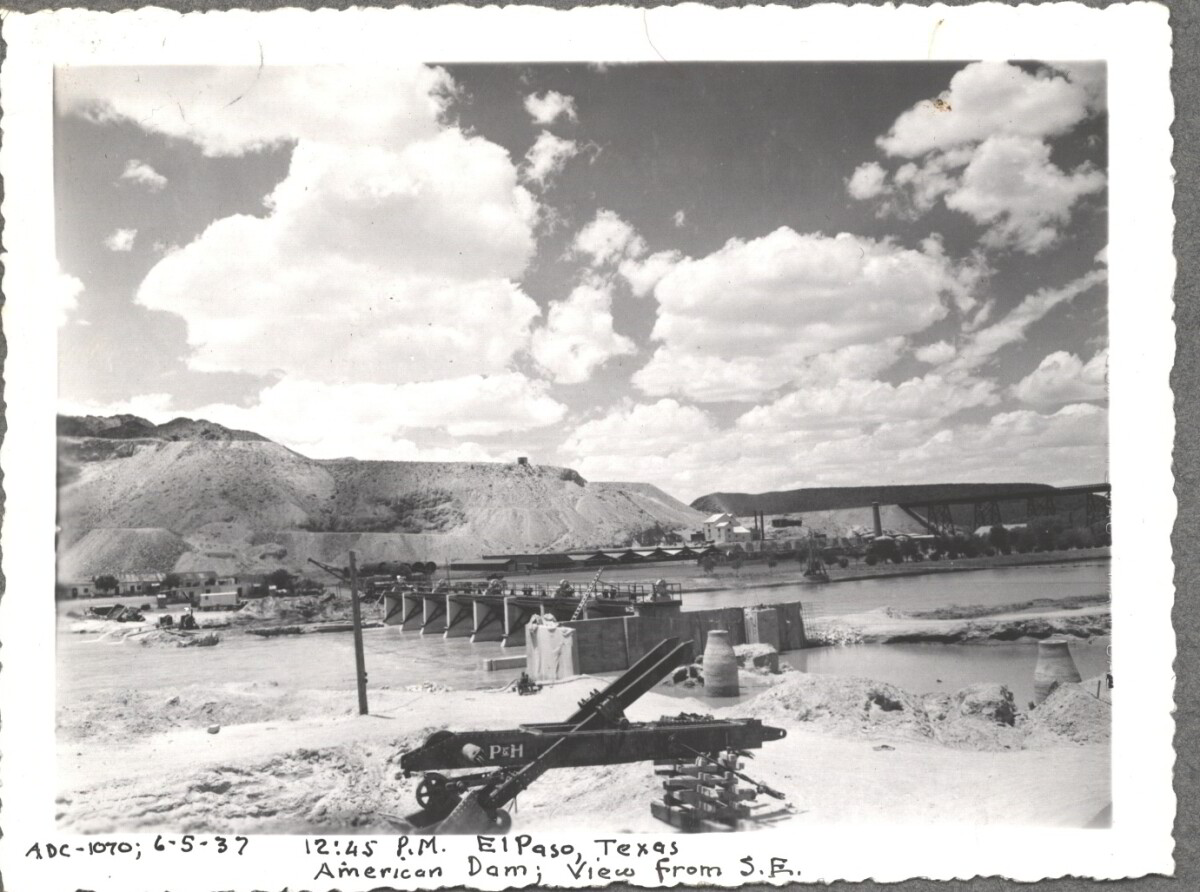
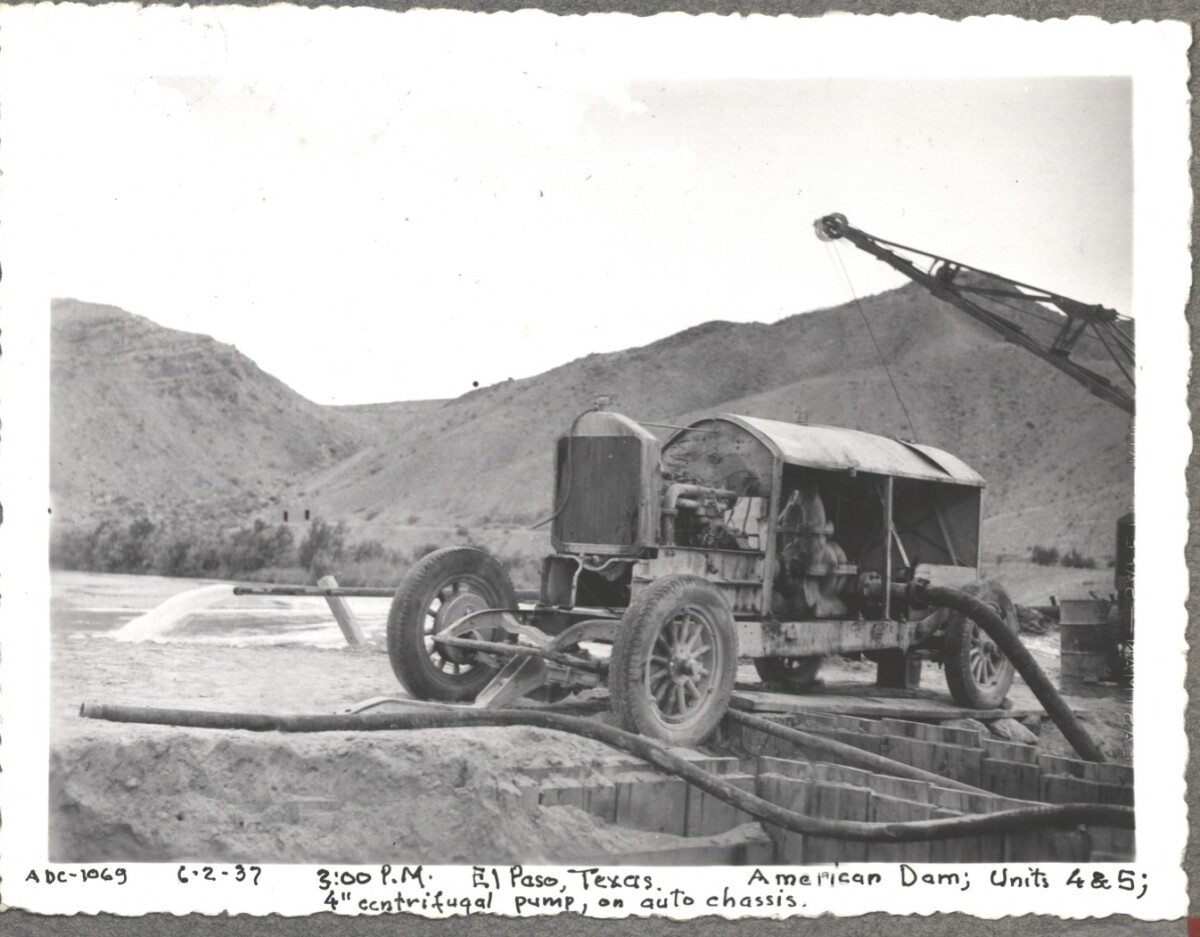

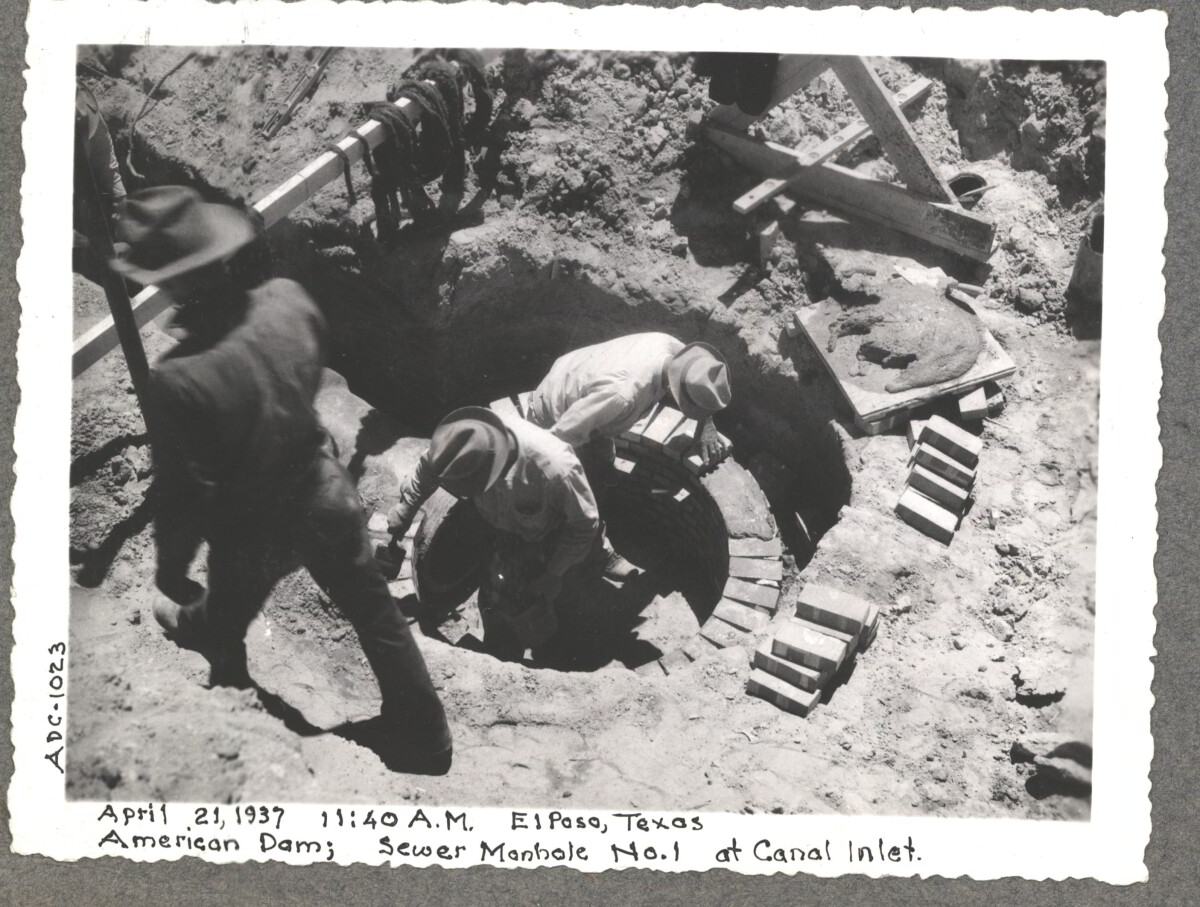
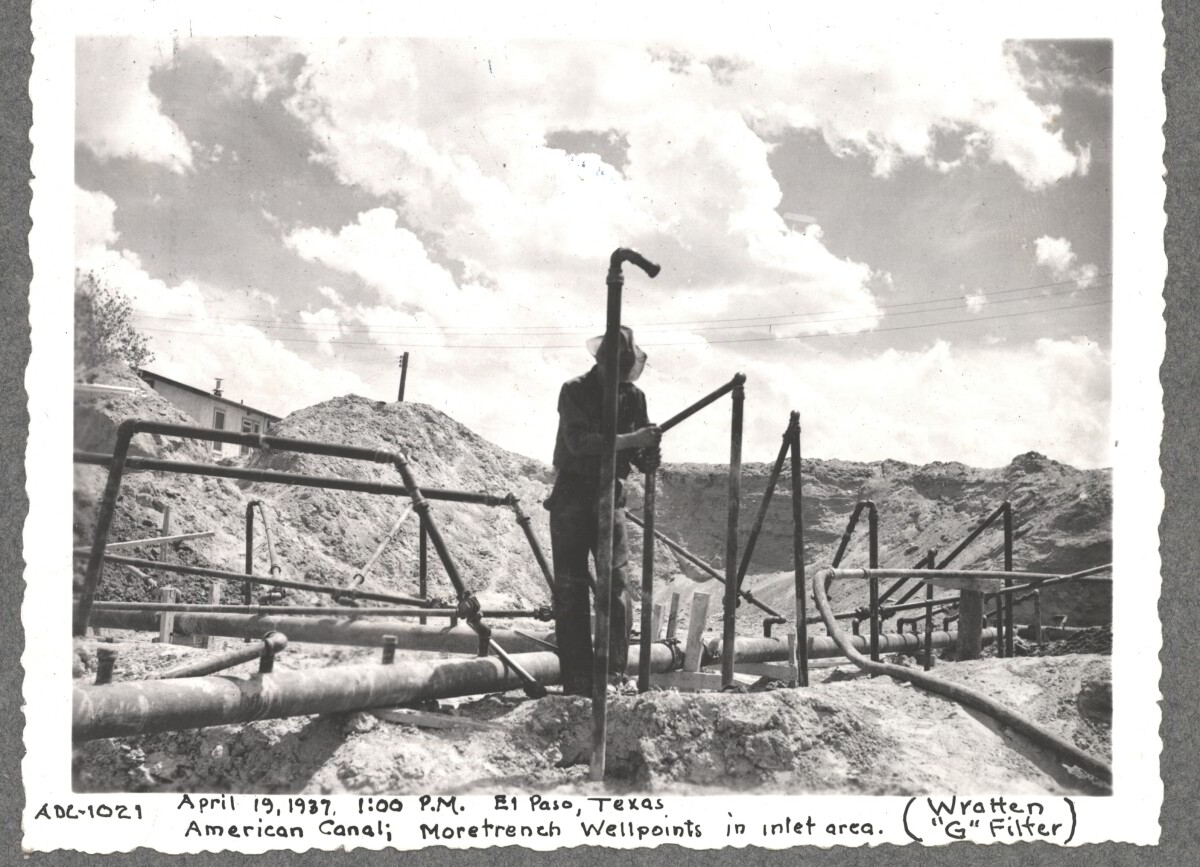
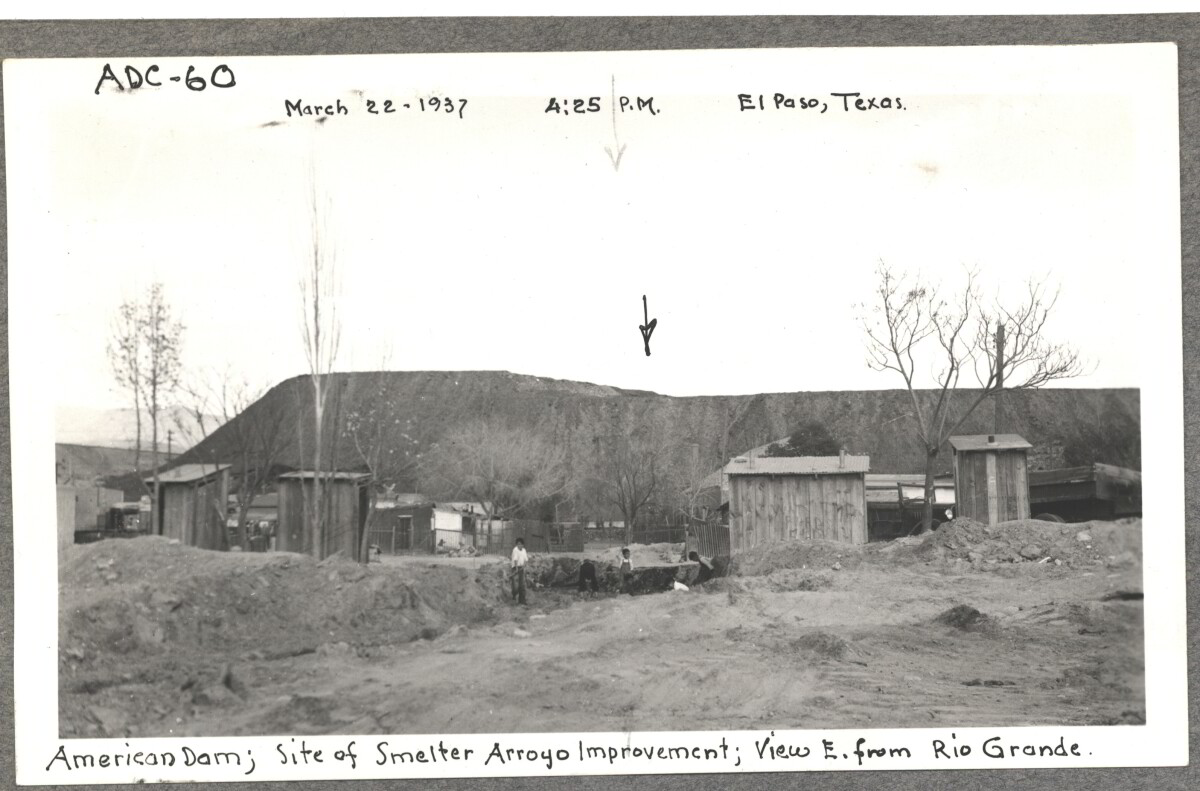
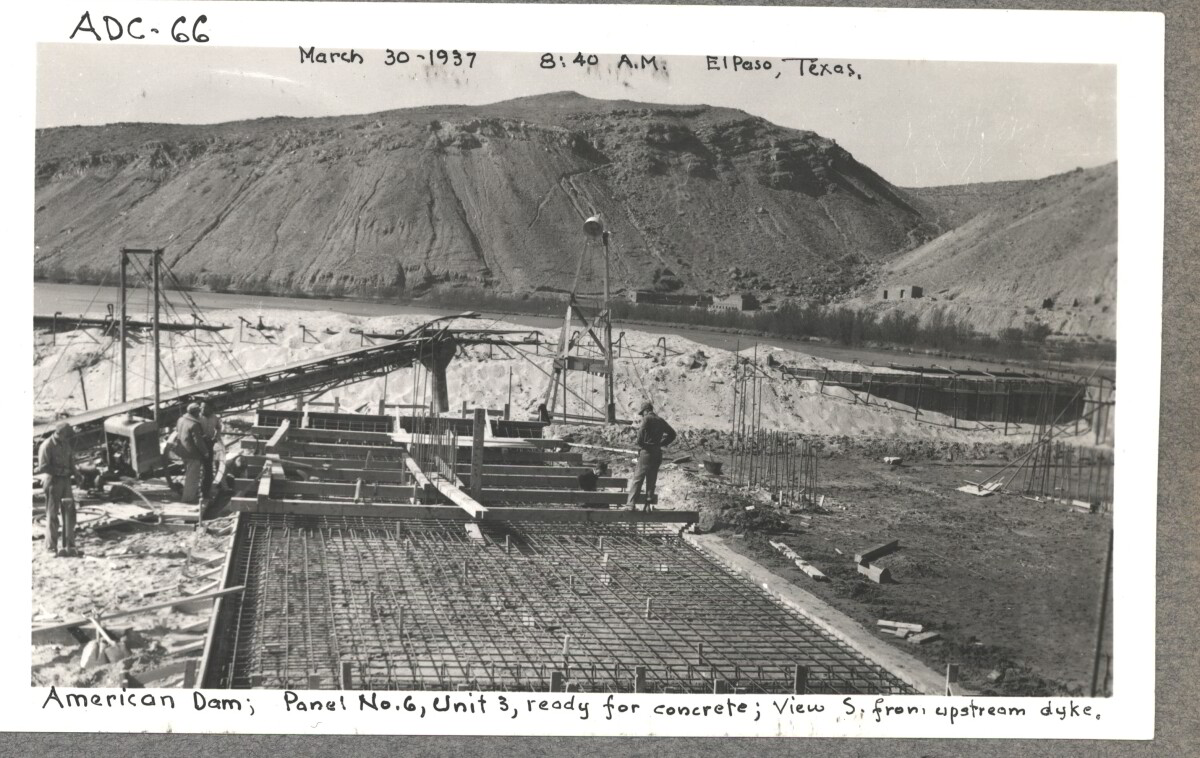
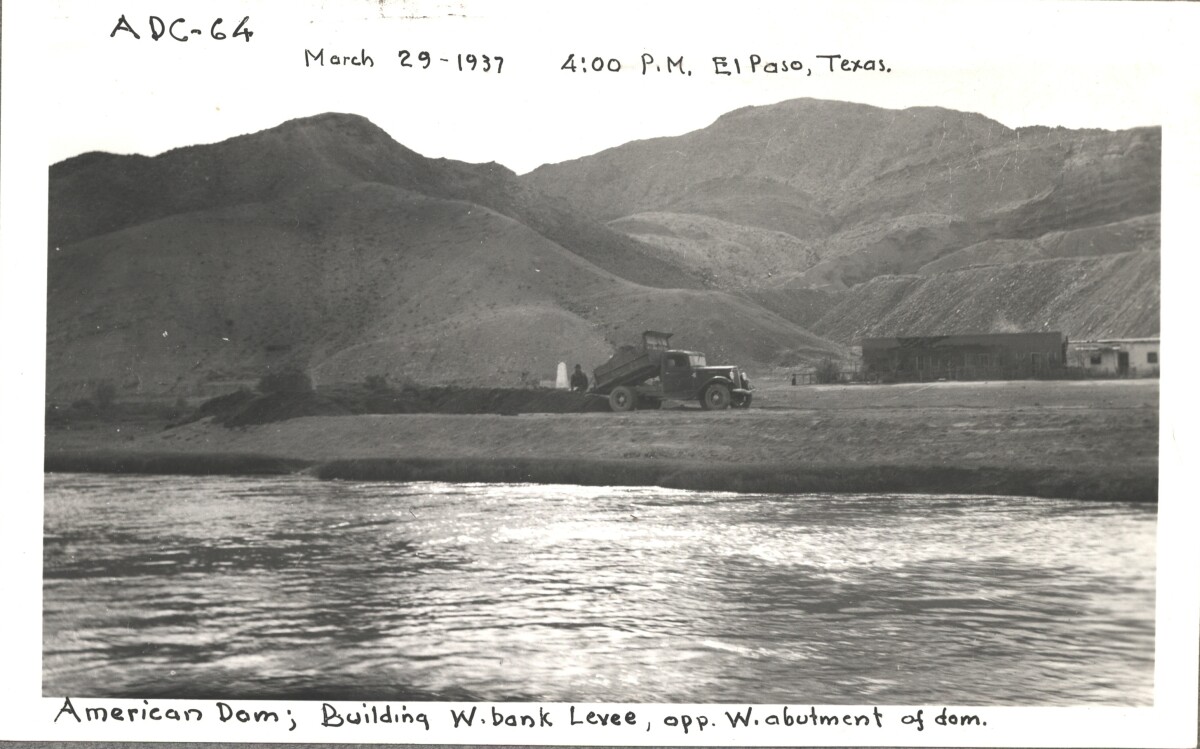
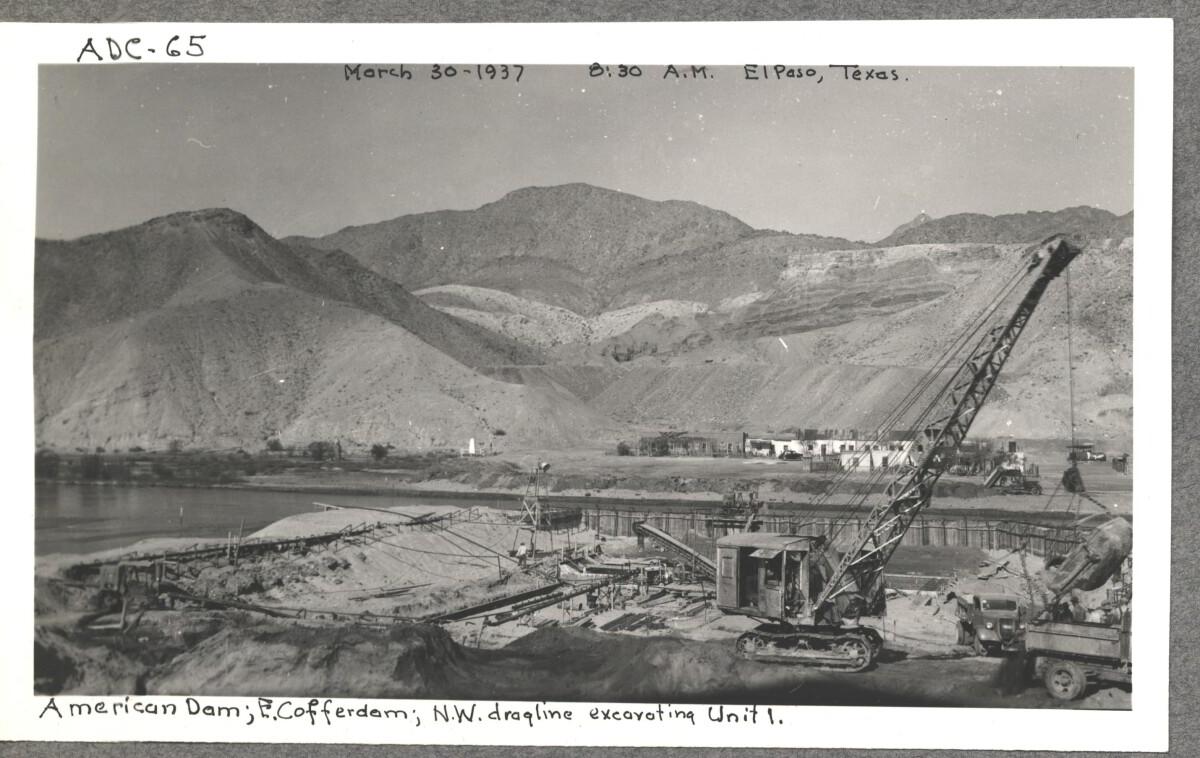
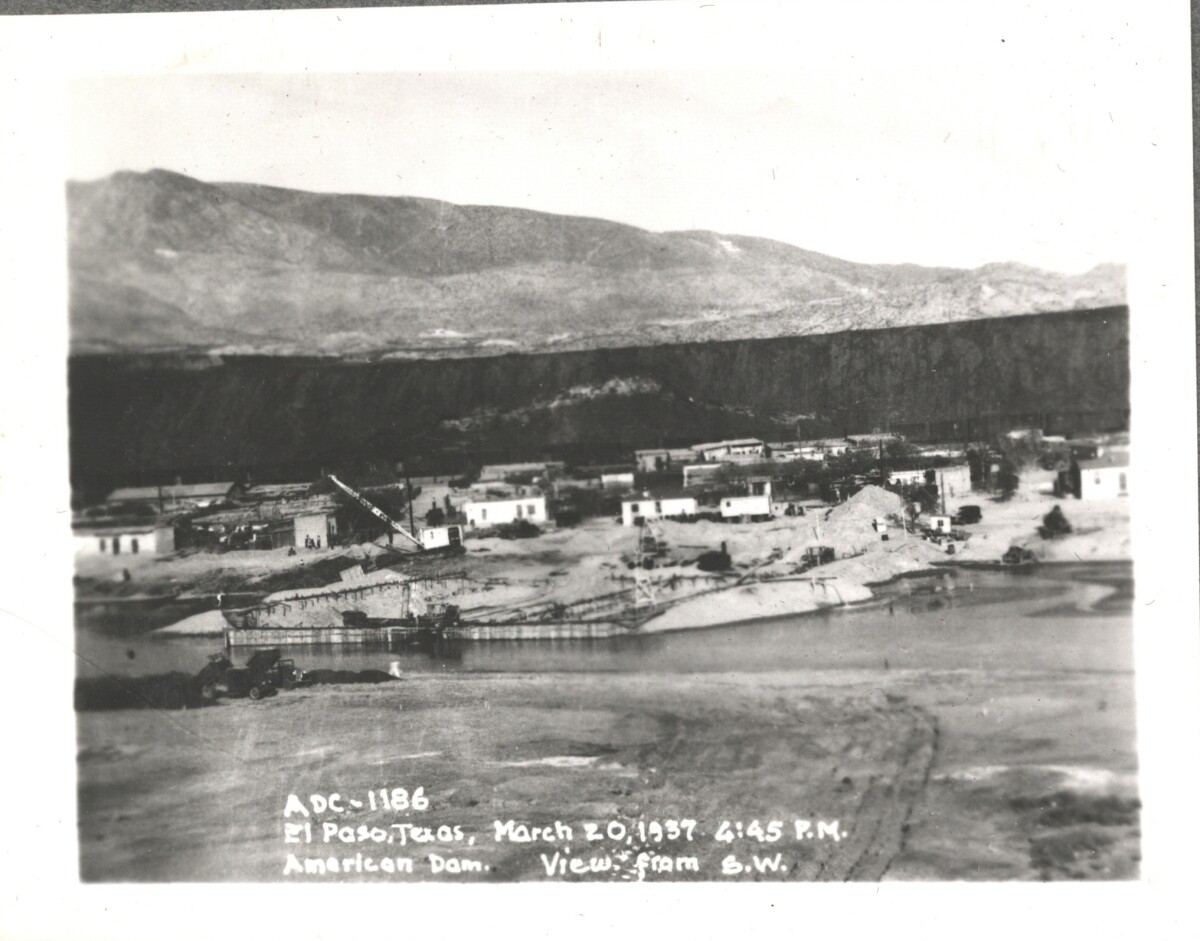
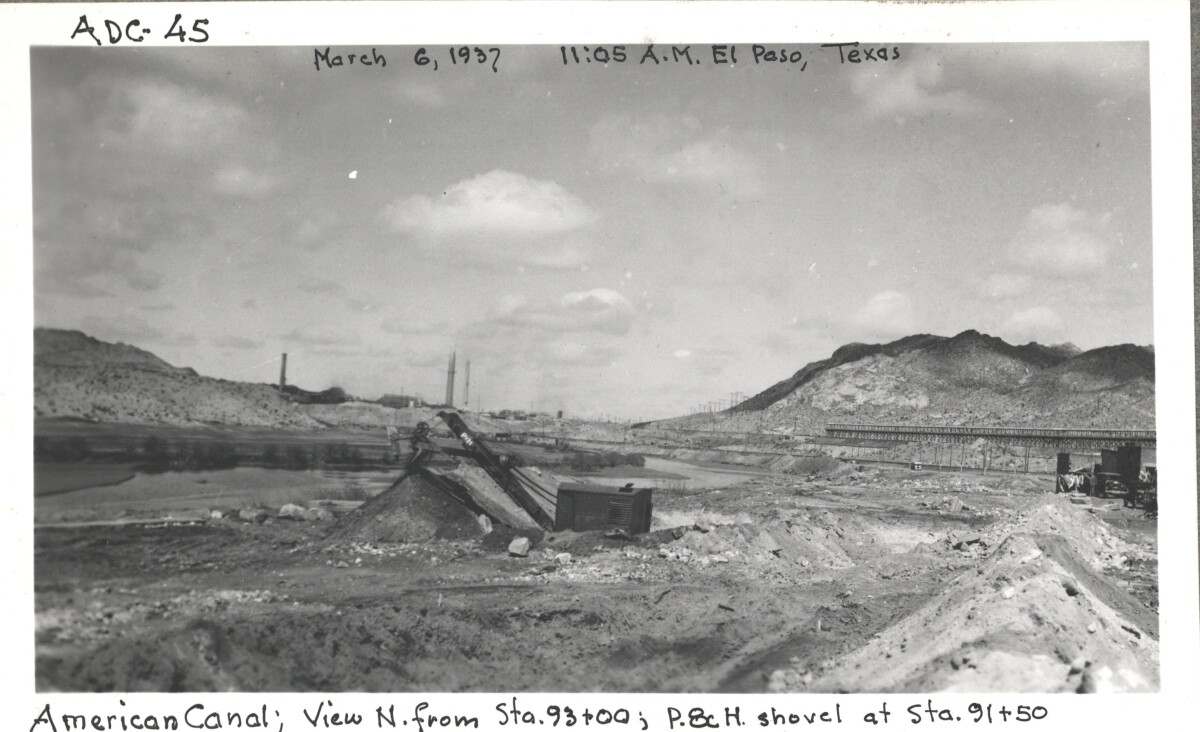
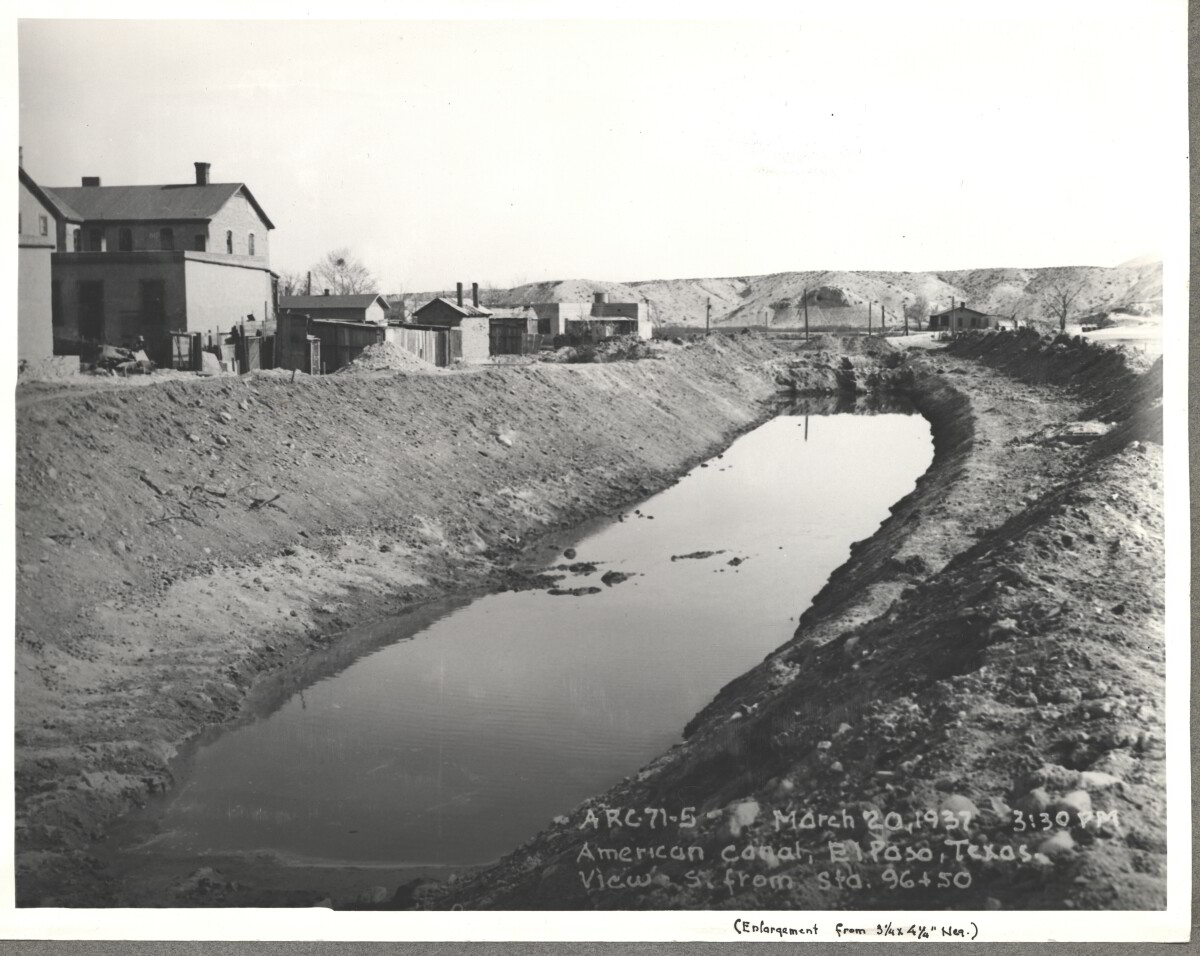
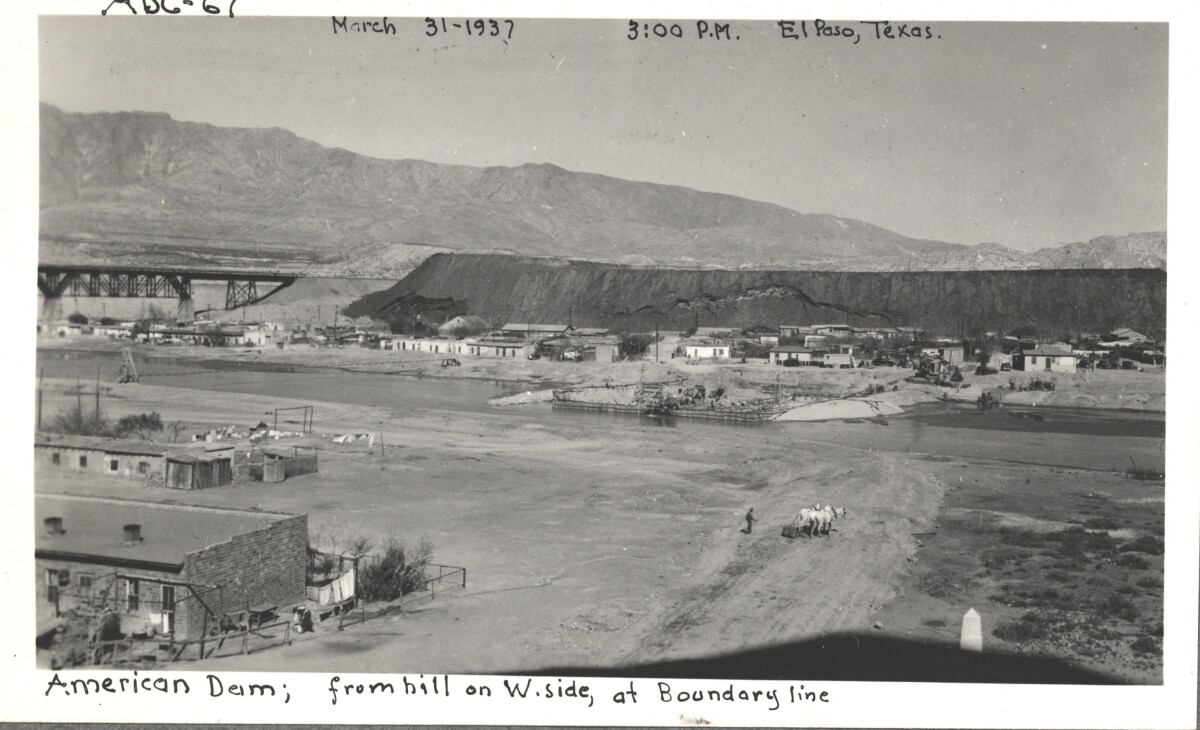
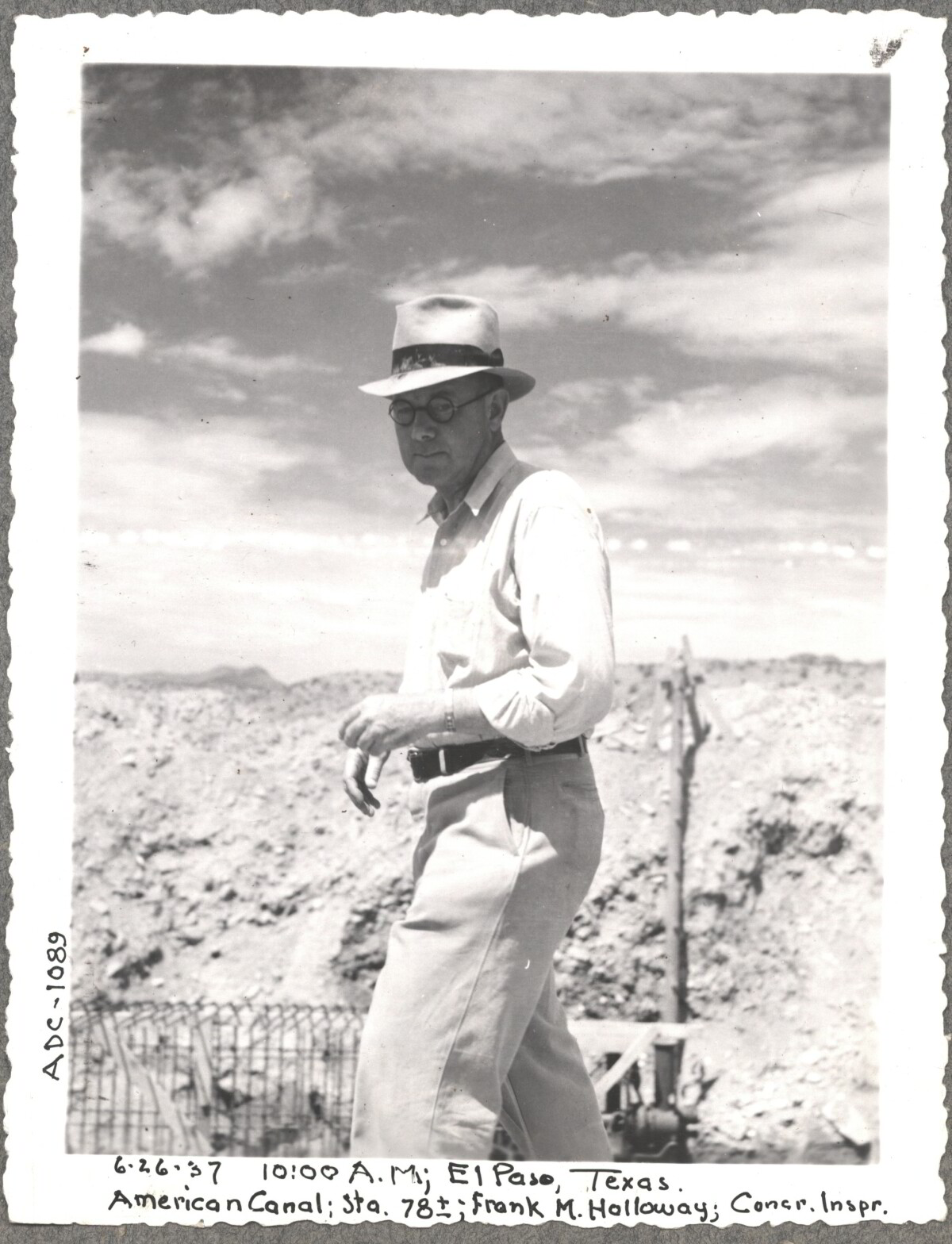
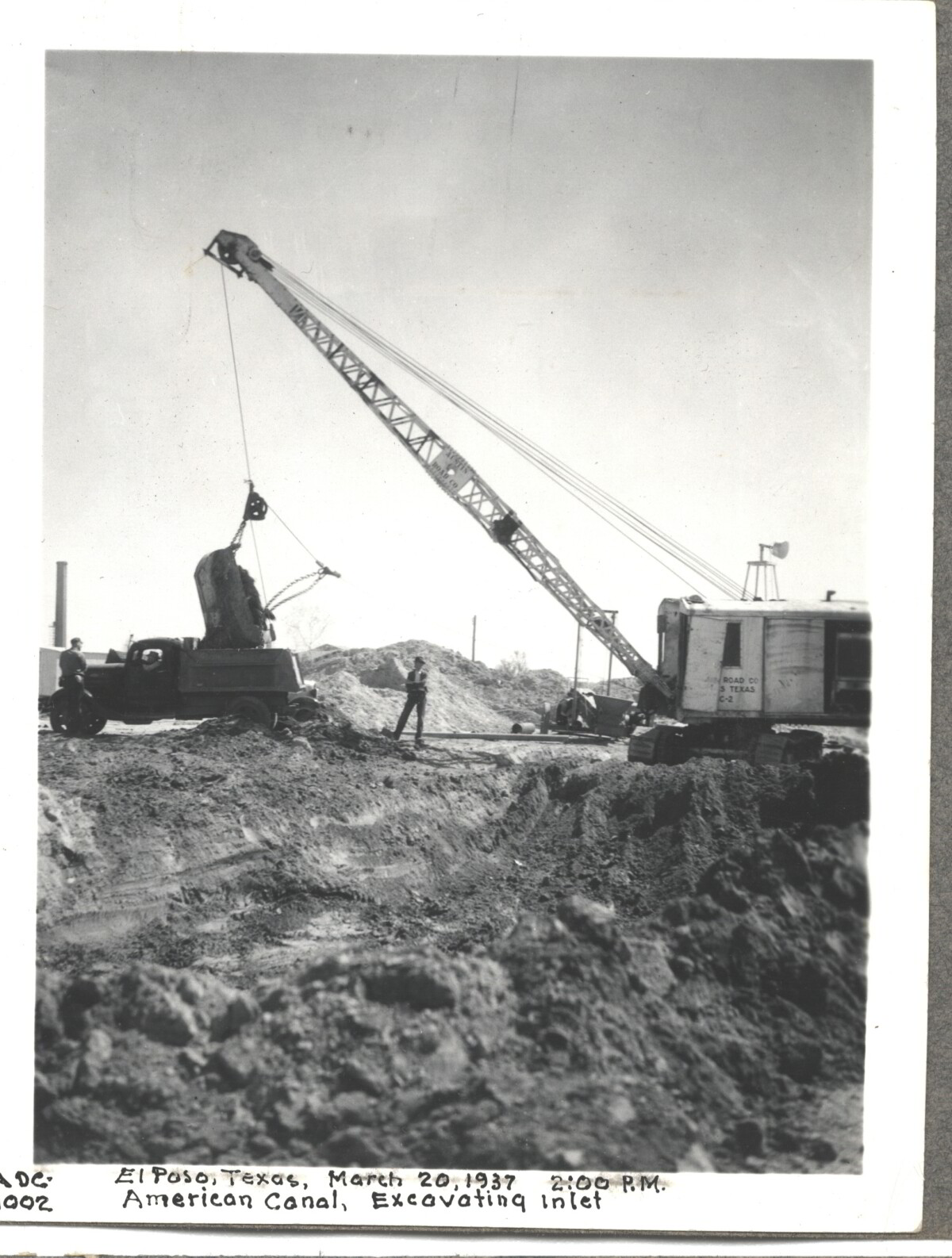
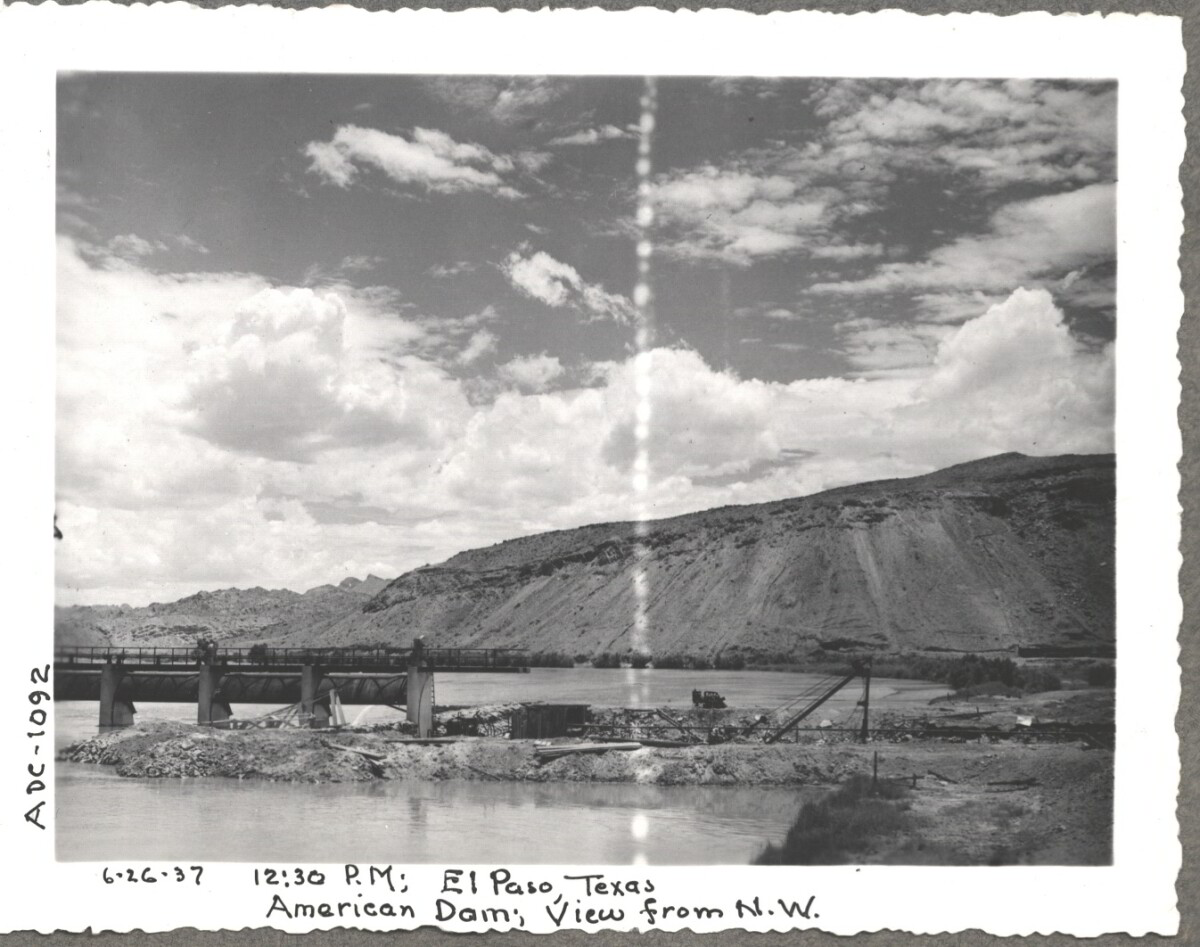
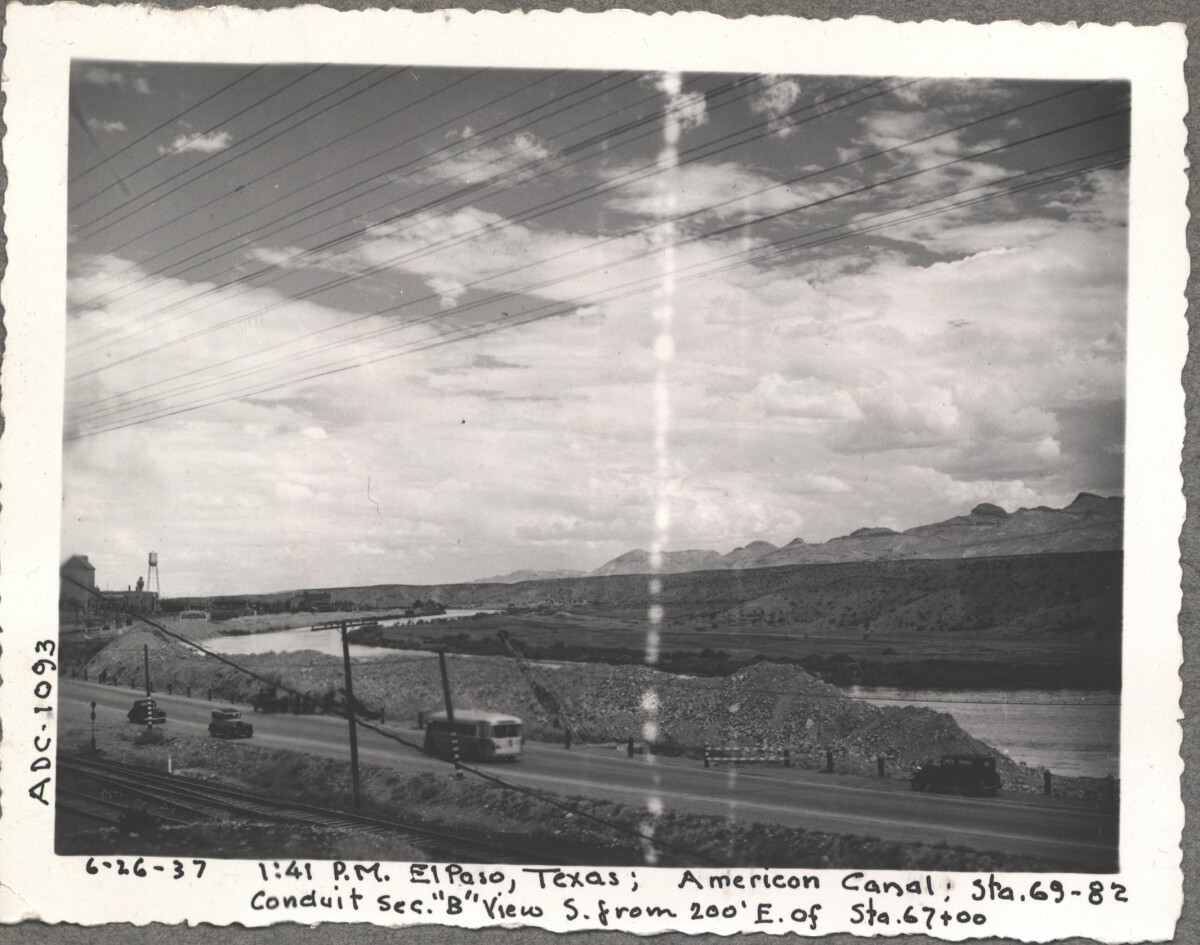

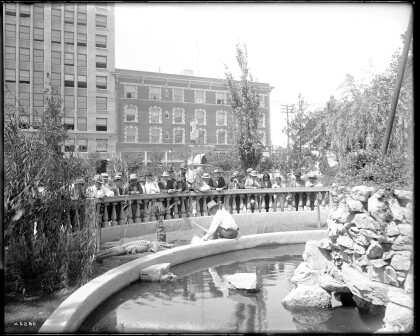
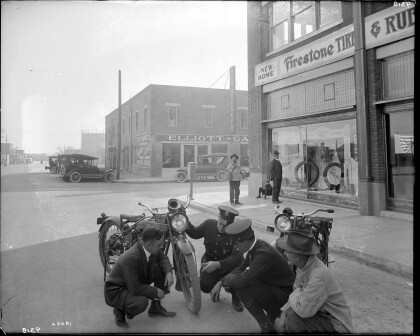
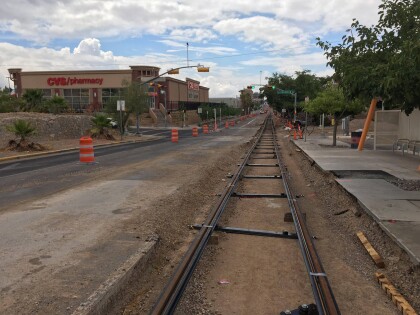
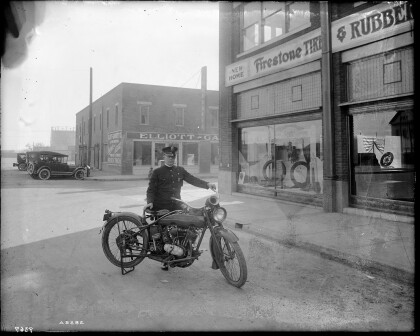
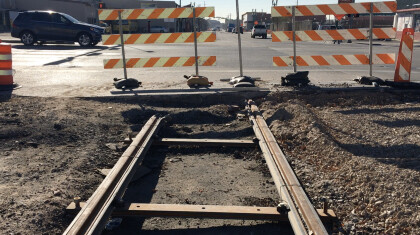

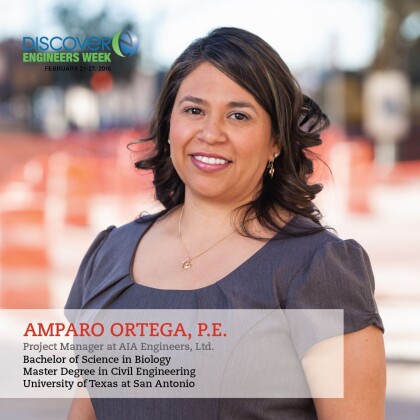

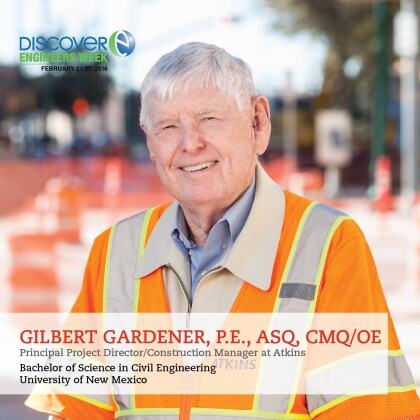

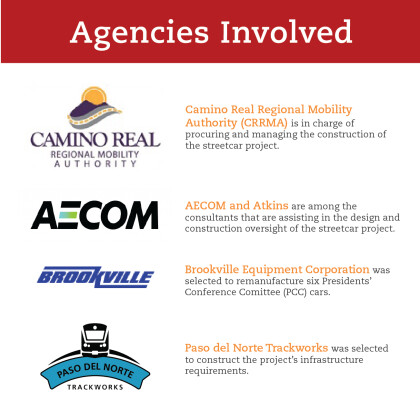

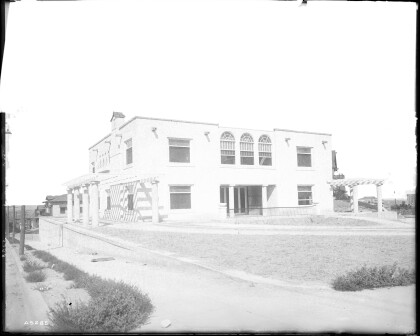

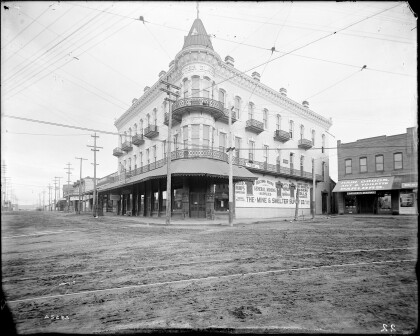
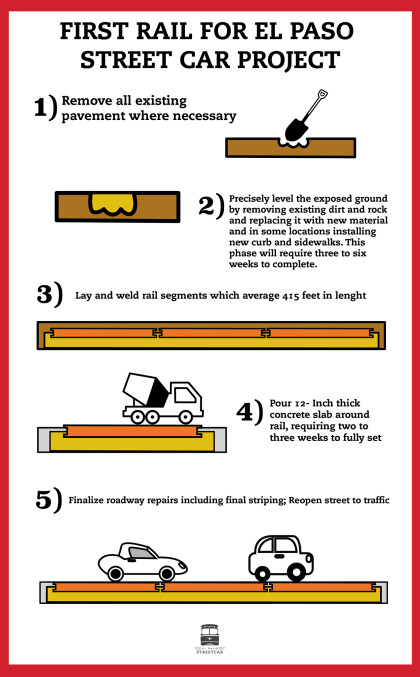
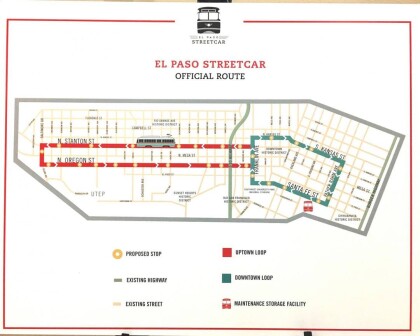
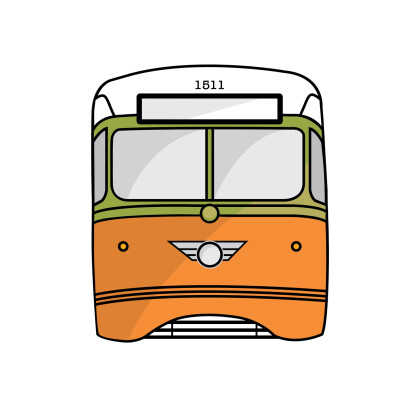
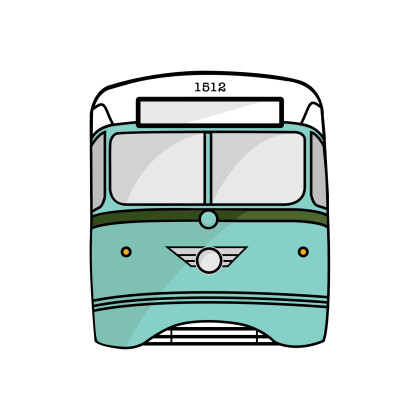
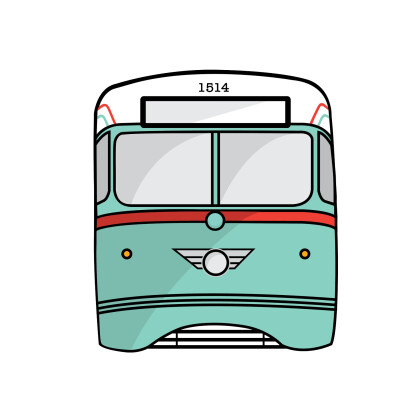
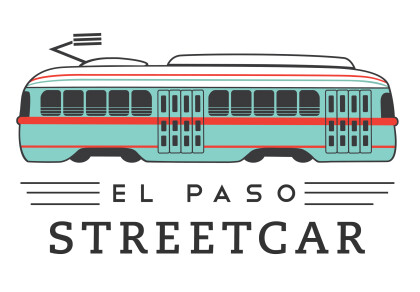
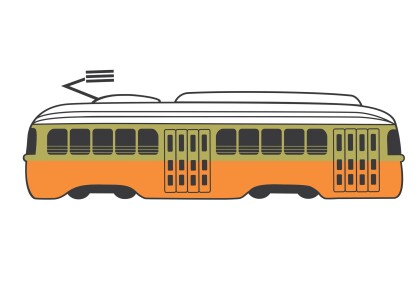
Comentarios
Hacer un comentario